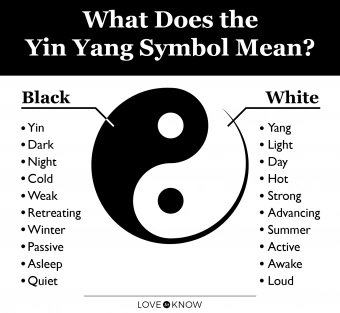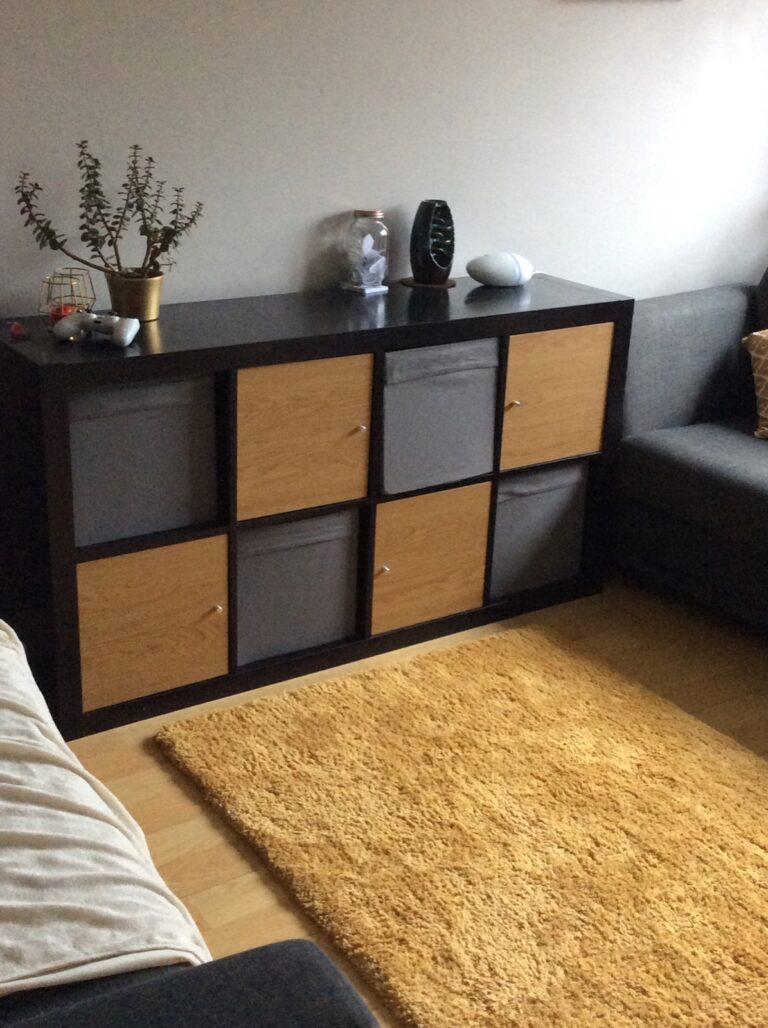Unveiling the Mysteries of Feng Shui: Creating Harmony in Your Living Spaces
Feng Shui, an ancient Chinese practice, has been gaining popularity around the world as people seek balance and harmony in their living spaces. This art of arranging one’s surroundings to promote positive energy and well-being has a long history rooted in Chinese philosophy and cosmology. In this blog, we’ll explore the fundamental principles of Feng Shui and how you can apply them to your home.
The Basics of Feng Shui
Chi (Qi):
The Life Force Central to Feng Shui is the concept of Chi, the life force that flows through everything. In your living spaces, Chi should flow smoothly and harmoniously to promote well-being. You can enhance the flow of Chi by keeping your home clutter-free and well-organized. Remove obstacles and create open pathways for energy to circulate.
2. The Bagua: The Energy Map
The Bagua is a fundamental tool in Feng Shui that divides your living space into nine areas, each corresponding to different aspects of life, such as wealth, relationships, and health. By aligning these areas with specific colours, elements, and decor, you can promote positive energy flow and enhance specific aspects of your life.
3. Yin and Yang:
Balance and Harmony Feng Shui seeks to balance the opposing forces of Yin (passive, receptive energy) and Yang (active, assertive energy) in your home. Achieving this balance involves considering the placement of furniture, colours, and lighting. For example, too much Yang energy in a room can make it feel chaotic, while too much Yin energy can make it feel stagnant. The goal is to find the right balance for your space and needs.
Practical Tips for Applying Feng Shui
- Declutter and Organize Clearing out clutter is essential in Feng Shui. It not only allows Chi to flow freely but also promotes mental clarity and reduces stress. Get rid of items you no longer need and keep your space tidy.
- Balance the Five Elements Incorporate the five elements (wood, fire, earth, metal, and water) into your home to create a balanced environment. Each element represents different qualities, and their proper integration can improve your well-being. For example, wood elements can be introduced through plants or wooden furniture, while water elements can be added with fountains or reflective surfaces.
- Personalize Your Space Feng Shui is not a one-size-fits-all approach. It’s essential to adapt the principles to your personal preferences and needs. For instance, if you find that a particular colour or decor choice makes you feel more at ease, incorporate it into your design while respecting the basics of Feng Shui.
- Mindful Furniture Placement The placement of furniture in your home can significantly impact the flow of Chi. For instance, your bed should be positioned so that you can see the bedroom door but not in direct line with it. This allows you to feel safe and in control while you sleep.
- Light and Colour Proper lighting and colour choices can affect the mood of a room. Bright, well-lit spaces promote positive energy, while soothing colours like blues and greens can create a calm atmosphere. Pay attention to the natural light in your home and use appropriate artificial lighting as needed.
Feng Shui is more than just interior design; it’s a holistic approach to living in harmony with your surroundings. By applying its principles, you can create a home that not only looks beautiful but also nurtures your physical, emotional, and spiritual well-being. Whether you are a beginner or a seasoned practitioner, the art of Feng Shui can help you find balance and harmony in your living spaces, promoting a happier and more fulfilling life. So, embrace the wisdom of Feng Shui and start creating a sanctuary that truly resonates with your soul.






